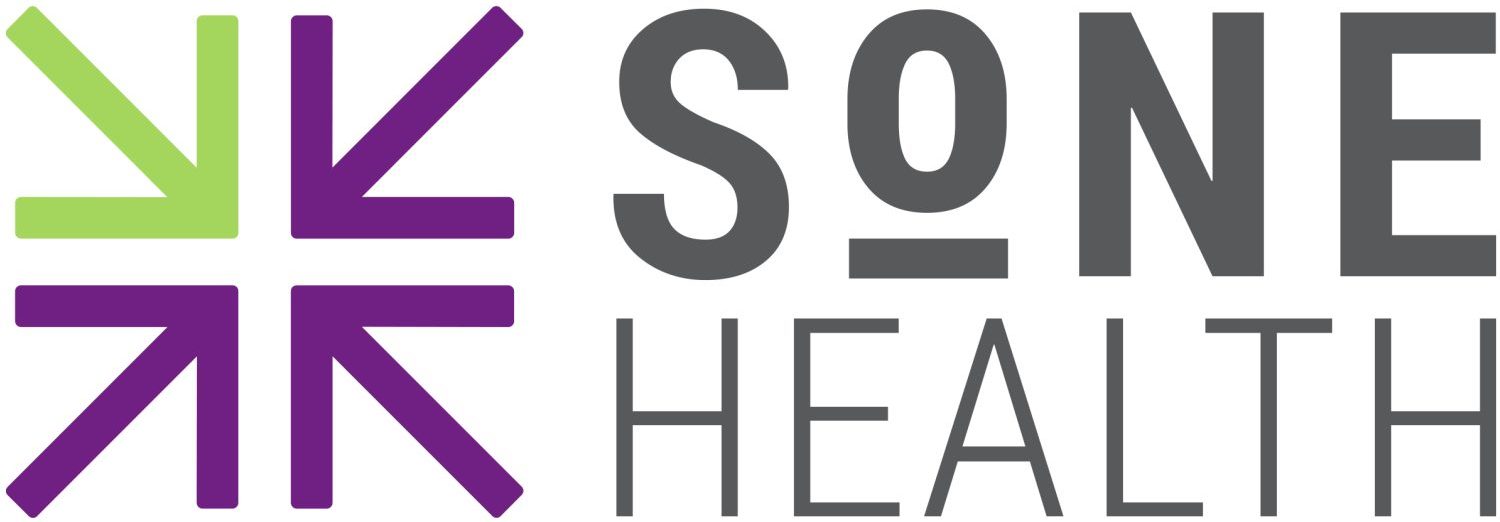Author: William G. Rabitaille, MD, FACP
Director of Safety Net Clinics: Gengras and Burgdorf Clinics, Trinity Health Of New England
Virtual health…or telehealth…or telemedicine…they’re all variations on the same thing: A clinician is in one area and a patient is in a totally different area, yet they are communicating about health. Not surprisingly, virtual healthcare became a focus during the COVID-19 pandemic as a means of maintaining patient access while protecting social distance. The pandemic placed a necessity on breaking down the various barriers to ubiquitous telehealth; financial, technological, comfort level. It meant an opportunity to test the waters and many—patients, providers and administrators–saw great potential. Plans to abandon brick and mortar offices all together were discussed. The term ‘virtualist’ emerged: providers who never intend to see a patient in-person and can practice completely remotely, often out of their homes. Many hospital administrators at the time could be heard saying “the horse is out of the barn with telehealth” and many saw the future of medicine as being irreversibly changed by the pandemic.
In reality, health care has always attempted to be as virtual as it could be allowed. Providers have used basic means of technology to remotely care for some aspects of their patients: phone triage, telemonitoring of heart rhythms, diabetic patients uploading blood sugars remotely and receiving advice about insulin titration, etc. Third party payors rarely paid for all these things, but Medicare has been paying for transition of care telephone calls for quite some time and some remote services were completely covered in areas where healthcare was extremely limited due to doctor shortages or geography.
In March of 2020, as the country faced pandemic lockdown, The Centers for Medicare & Medicaid Services (CMS) set the tone for broadening payment for virtual services, making the rollout of telehealth much more feasible for most health care systems. CMS authorized a series of statements indicating that they would be covering many virtual services at a reduced or similar cost. Some virtual services were given complete parity to live services. Private insurance companies followed suit and local and state governments issued mandates through executive orders that this funding would persist throughout the pandemic emergency. Virtual health therefore exponentially exploded and entered the living rooms of many Americans. Most patients in the U.S. did engage in some remote interaction with their physician during the pandemic. In the week ending on March 7, only 11,000 Medicare beneficiaries used telehealth but by April 25, 1.7 million elderly and disabled Americans in Medicare were using it, according to Healthcare Drive.
Evaluation and Management Coding, the process for which provider services are translated into specific billing codes, was mainly provided virtually in 2 ways: 1) Live videoconferencing. What most people think of as a ‘Skype’ or ‘Facetime’ call, where a provider can see and speak to a patient in real time; taking a history and even making attempts to conduct an exam. This is also called ‘synchronized telemedicine’. Many patients saw their primary care providers or their endocrinologists, cardiologists, orthopedists, etc., from the comfort of their homes in this fashion throughout the pandemic. However, inpatient services also utilized this method of care delivery as consultants could be brought in on a tablet or a smart phone by a nurse or tech to patient exam rooms where they could provide care without COVID exposure. 2) The telephone. Telephone calls, previously only covered by insurance for transitional care, became ‘audio-visits’, a now visit-based billable service for an office visit.
What was learned during the pandemic is that many services can be provided safely and effectively via a remote option. Minimal complaints, wellness visits, behavioral health, post-procedural check-ins could be reasonably conducted via telehealth with success, providing not only the safest means from an anti-COVID perspective but also satisfying patients who lead busy lives and can’t always find time to physically go to the doctor. In my safety net clinic, switching to virtual visits had the bonus of reaching patients wherever they were; even if they forgot all about the appointment. A call to them from the doctor was made and carried out, affording the opportunity to check in, reconcile medications, and come up with a shared decision-making plan. Had some of these visits not been virtual, many patients would have simply ‘no-showed’ and not been seen at all. While not studied, it’s likely this led to reduced ER or hospital admissions and kept some aspect of the population healthier during the height of the COVID-19 pandemic.
Yet while patients did appreciate the conveniences of such services, many preferred the hands-on experience with their providers and felt a bit vulnerable without a live interaction. Provider reception was also mixed. There is not always a reason to perform a hands-on exam, it’s true, but it’s impossible to predict those instances. A patient seen for a review of complicated labs can usually be done remotely but what if they surprise you with a complaint of wrist pain? Insurance companies are less likely to pay for 2 visits on the same subject if you have to then bring the patient in for a live-visit; and while some providers have adopted and embraced this method, is it going to be sustainable in a busy/productive practice to perform 2 visits on patients, when one isn’t paid for?
Universal access was also a problem. Videoconferencing requires wi-fi, a laptop or tablet, or smart phone, and a degree of technological savviness. My 86-year-old grandmother has 2/3 of those and many people’s grandparents have 0/3. For underserved populations, this posed a significant barrier to care and so many safety net clinics resorted to mainly telephone-only visits. Telephone audio visits, like video call visits, have their place in certain scenarios. However, they can be awkward for meeting new patients. It is also difficult to assess the global picture without being able to see the patient’s appearance or certain exam findings.
Honestly, we’ve learned a lot about telehealth during the COVID19 pandemic. Although we have a long way to go, we now know that not every visit requires a patient and a provider to be in the same room. Learning to triage the process of selecting certain patients for these visits is key to its success. Getting third party payers to agree to cover them is also essential. The horse may be out of the barn, but we still need to train it to gallop smoothly so that we can get to our destination: treating patients optimally with this newer modality of care.
Author: William G. Rabitaille, MD, FACP
Director of Safety Net Clinics: Gengras and Burgdorf Clinics, Trinity Health Of New England

